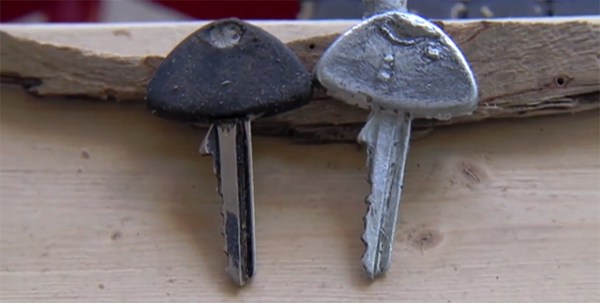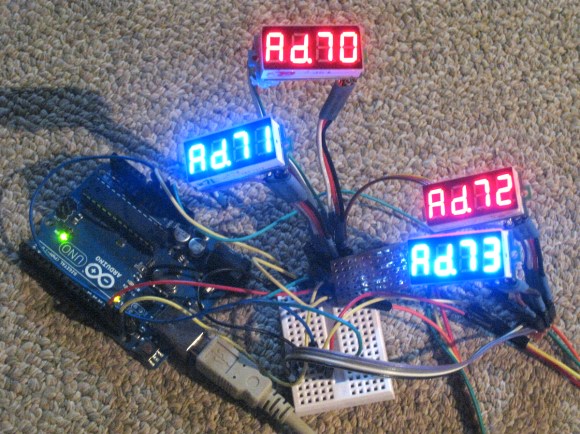![]()
[Adrian] came across a treasure trove of 507 mechanical device designs. It didn’t seem quite right for a Retrotechtacular post, but we wanted to share it as it’s a great place to come up with ideas for your next Rube Goldberg machine.
Biking with headphones is dangerous. That’s why [J.R.] built a handlebar enclosure for his Jambox Bluetooth speaker.
While dumpster diving [Mike] found a Macbook pro. It was missing a few things, like a keyboard, touchpad, battery, ram, and storage. He borrowed a power supply to test it out but without the keyboard there’s no power button. He figured out the traces on the motherboard which turn it on when shorted.
[Mateusz] want to let us know about the Hercules LaunchPad. Like the other TI Launchpad offerings it’s an all-in-one dev board. The Hercules line features a couple of flavors of dual-core ARM chips. Can you believe the dev boards you can get for under $20 these days?
After seeing the ammo can sound system about a month ago [Ilpo] was inspired to share his ammo can PC case with us.
And finally, here’s a way to display your Bitcoin mining rig for all to see. This system was laid out in an antique frame and hung on the wall.

















